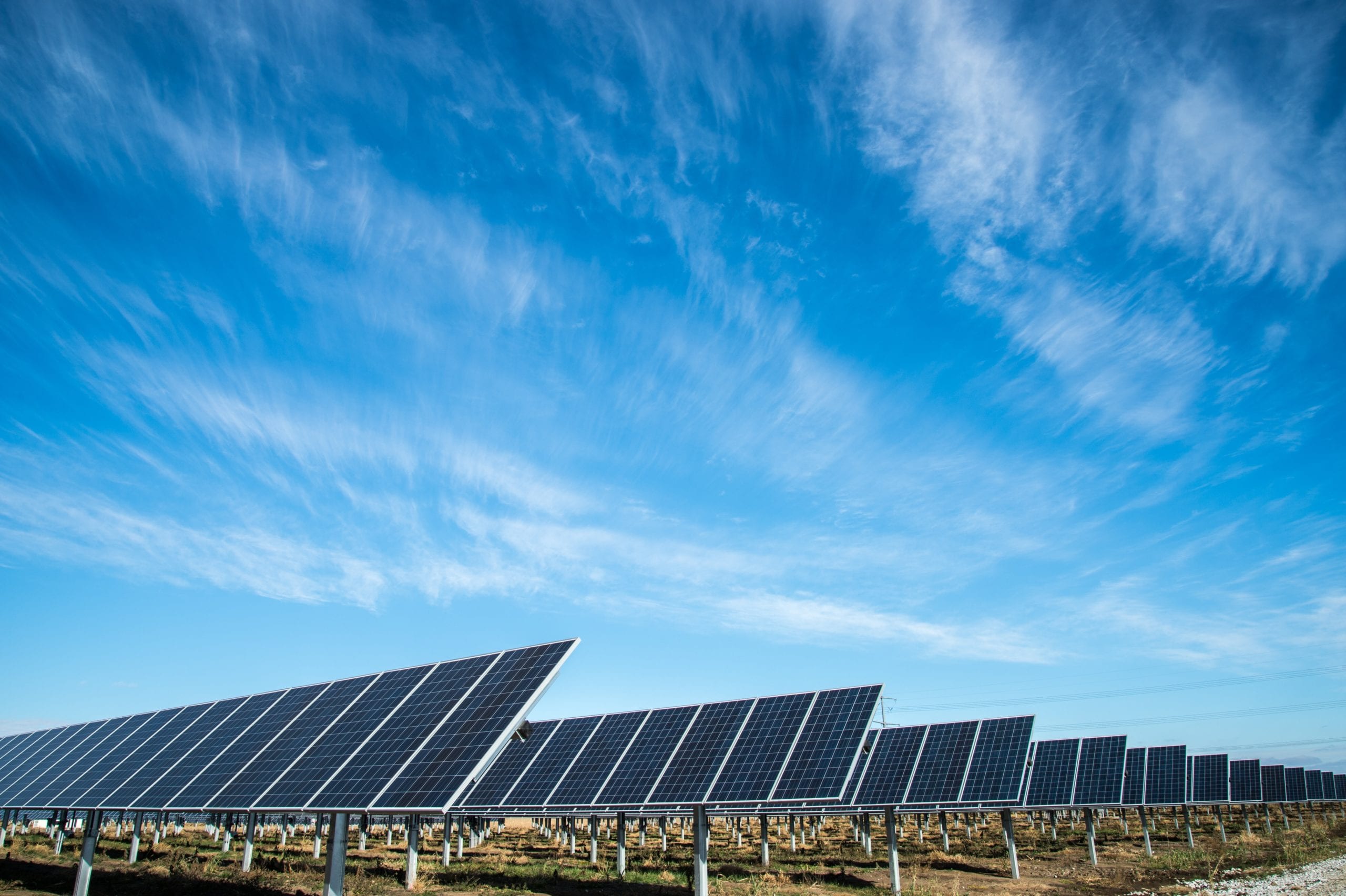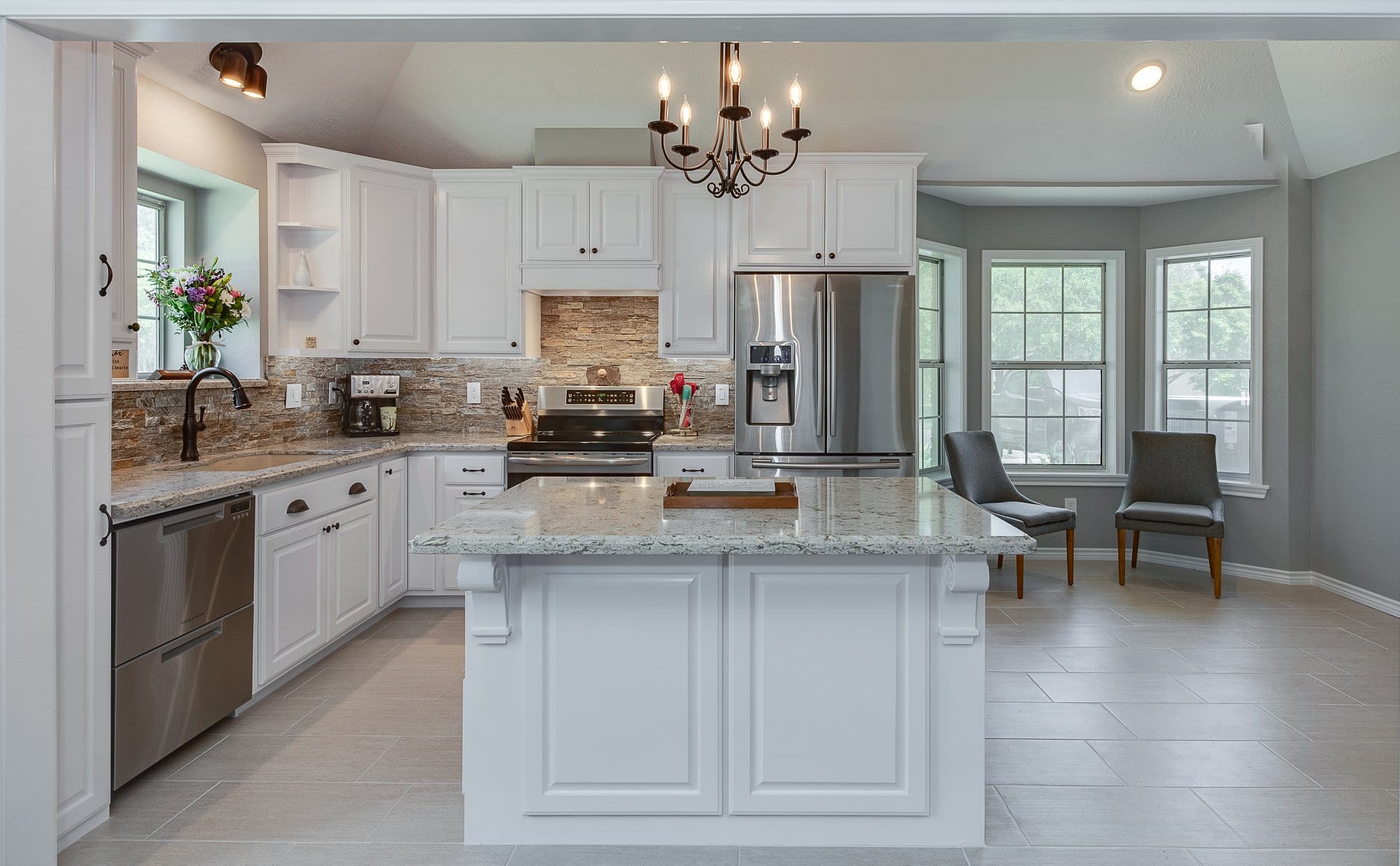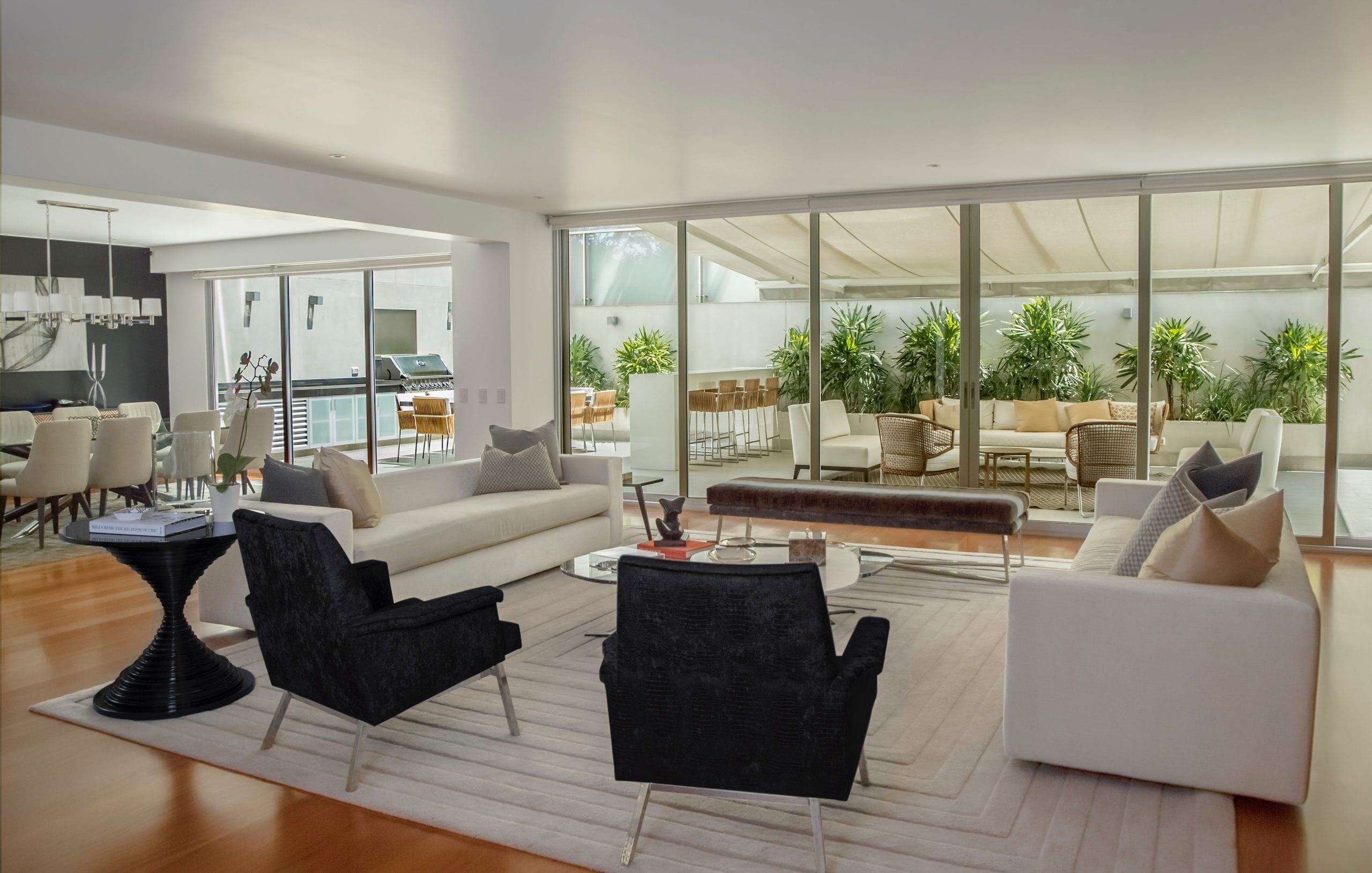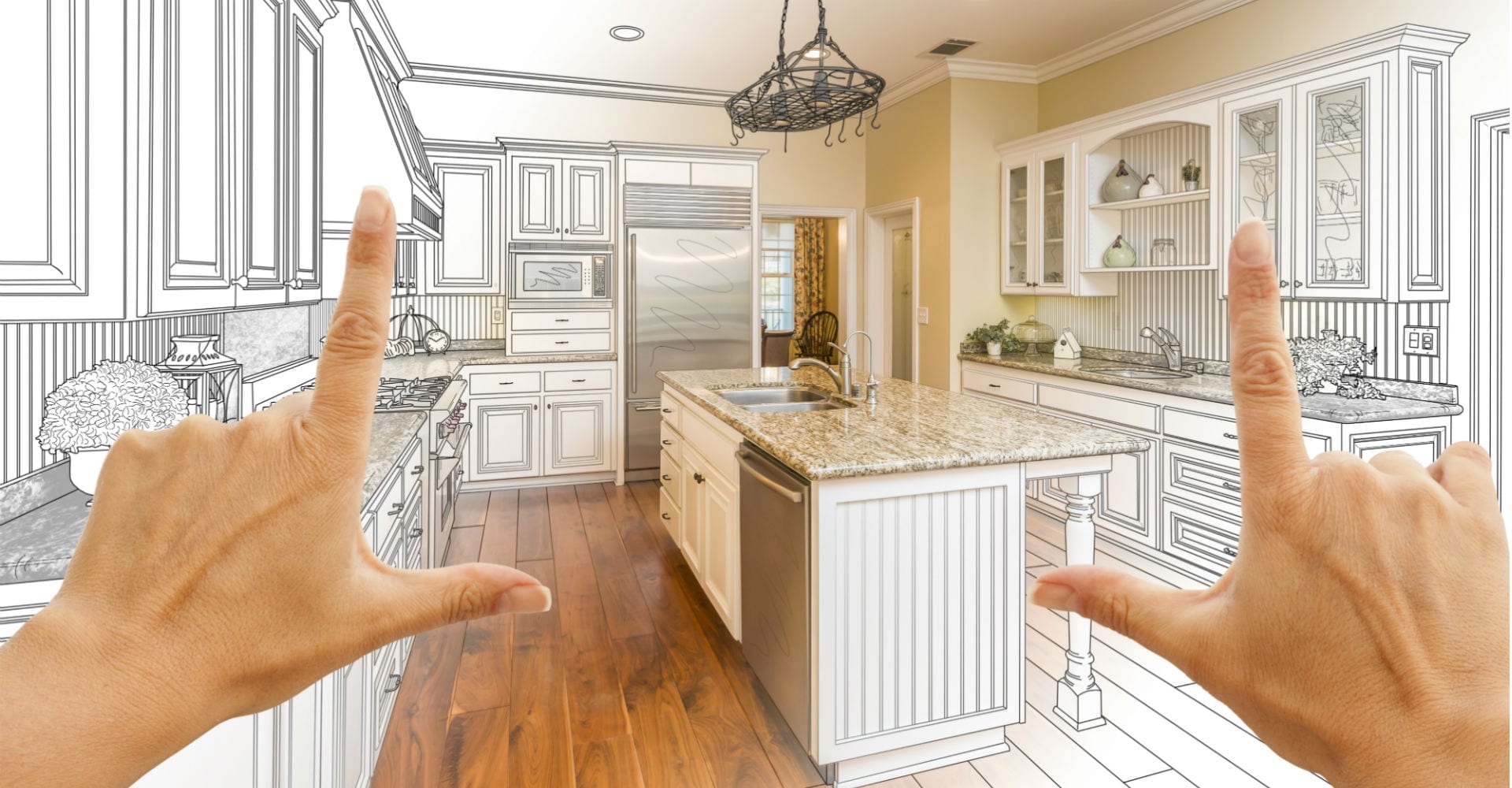
In this project, we used wood and brick siding to not only promote green building, but to also reduce the thermal mass of the house, to cool the temperature of the home.
Don’t you love the look of Austin stone on a home? Many neighborhoods in Bryan and College Station require a high percentage of brick or other masonry products on the exterior of their homes. It is a great look but not a great approach, especially if you are interested in green building or even just reducing your utility bills.
Brick and other masonry products are known as thermal mass. Thermal mass is the ability of a material to absorb and store heat, in this case, your siding material’s ability to absorb that heat. In other words brick heats up all day and disseminates that heat to the house.
But, you may be wondering, what about adobe? Adobe is used in hot dry climates, not hot humid climates. The difference is that in a dry climate, temperatures cool down at night. The heat absorbed by the adobe does not make it into the house before it is cooled by the night air. Water in the air also serves as somewhat of a thermal mass, holding heat longer than dry air, which is what keeps or night time temperatures higher than in the desert.
The vernacular architecture of hot humid climates usually feature siding for a reason. But, if you are stuck with neighborhood controls requiring a high percentage of masonry or if you just like the look of stone, there are some things that you can do mitigate the negative impact of a thermal mass.
Perhaps the most effective thing to do is use a veneer stone which is much thinner than traditional stone. Also try to avoid masonry on the west side which tends to get more direct sunlight at the hottest part of the day. Want to learn more about siding that we recommend. For even greater shading use larger than normal overhangs where possible.
As always, use landscaping as a design element for beauty and function. Deciduous trees on the west provide crucial summer shading while allowing the sun through in the winter.
Brick can also create moisture and potentially rot problems if a proper drainage pan is not created behind it. Of course any cladding can become a problem without proper moisture sealing. This is an area that you should question a builder about before hiring. There are no requirements in Texas for builders to have knowledge of building science and this is a place that lesser builders tend to get themselves into trouble.









